The XC7Z030-2FBG484I is a chip from the Zynq – 7000 All Programmable SoC (System on Chip) family by Xilinx, featuring the following key functions:
- Processing System (PS):
- Dual – Core ARM Cortex – A9 MPCore: It integrates a dual – core ARM Cortex – A9 processor, which enables high – performance processing. Each core has its own 32KB instruction cache and 32KB data cache, and there is a shared 512KB L2 cache. The cores can operate at relatively high frequencies, allowing for efficient execution of complex software applications and tasks such as operating system kernels, middleware, and user applications.
- Memory Interfaces: Supports various external memory types like DDR3, DDR3L, and LPDDR2. This enables the chip to access large amounts of data quickly, which is crucial for applications that require significant data storage and processing, such as multimedia applications and data analytics. It also has on – chip memory resources, including 256KB of on – chip RAM, providing fast access for frequently used data and code segments.
- Peripheral Interfaces: Equipped with a wide range of standard peripherals. For example, it has multiple UART (Universal Asynchronous Receiver – Transmitter) interfaces for serial communication, I2C (Inter – Integrated Circuit) interfaces for communication with other devices like sensors and EEPROMs, SPI (Serial Peripheral Interface) for high – speed serial communication, and CAN (Controller Area Network) interfaces which are commonly used in automotive and industrial control systems for reliable communication between different nodes. Additionally, it has USB 2.0 OTG (On – The – Go) interfaces for connecting to various USB devices, and Gigabit Ethernet interfaces for high – speed network communication.
- Programmable Logic (PL):
- Logic Resources: Based on the 28nm Xilinx Artix – 7 FPGA (Field – Programmable Gate Array) architecture, it provides a large number of logic elements such as Look – Up Tables (LUTs), Flip – Flops, and carry logic. These resources can be programmed to implement custom digital circuits, enabling designers to create application – specific functions like custom data processing pipelines, interface controllers, and hardware accelerators. For instance, in a video processing application, the PL can be configured to perform tasks like image filtering, encoding, and decoding in parallel with the PS operations.
- DSP Slices: It contains a significant number of Digital Signal Processing (DSP) slices. These slices are optimized for performing arithmetic operations like multiplication and accumulation, which are essential for digital signal processing tasks such as audio and video processing, communication algorithms (e.g., FFT, equalization), and control systems.
- I/O Pins: The chip has a large number of programmable I/O pins. These pins can be configured to support different I/O standards, allowing for easy connection to a wide variety of external devices and interfaces. This flexibility in I/O configuration makes it suitable for various applications with different connectivity requirements.
- Communication and Connectivity:
- High – Speed Interconnect: There is a high – speed interconnect between the PS and PL, which enables seamless data transfer and communication between the two parts of the chip. This allows for efficient cooperation between the software running on the ARM cores in the PS and the custom hardware functions implemented in the PL, enabling a hybrid system that combines the best of both worlds.
- Clock Management: It has an advanced clock management system that can generate, distribute, and control multiple clock signals with different frequencies and phases. This is crucial for synchronizing the operations of different components within the chip and ensuring reliable operation of the overall system.
- Power Management:
- Power – Saving Modes: Supports various power – saving modes to reduce power consumption when the chip is not fully utilized. For example, it can enter low – power standby or sleep modes, which can significantly reduce power consumption while still maintaining the ability to quickly wake up and resume normal operation when required. This is important for applications where power consumption is a critical factor, such as battery – powered devices.
- Security Features:
- Built – in Security: Incorporates security features to protect the integrity and confidentiality of the system. These features may include secure boot mechanisms to ensure that only trusted code is executed during the startup process, and encryption/decryption capabilities to protect data during transmission and storage.
The XC7Z030-2FBG484I chip offers a powerful combination of processing capabilities, programmable logic resources, rich peripheral interfaces, and advanced features, making it suitable for a wide range of applications in industries such as automotive, industrial control, aerospace, and communication.


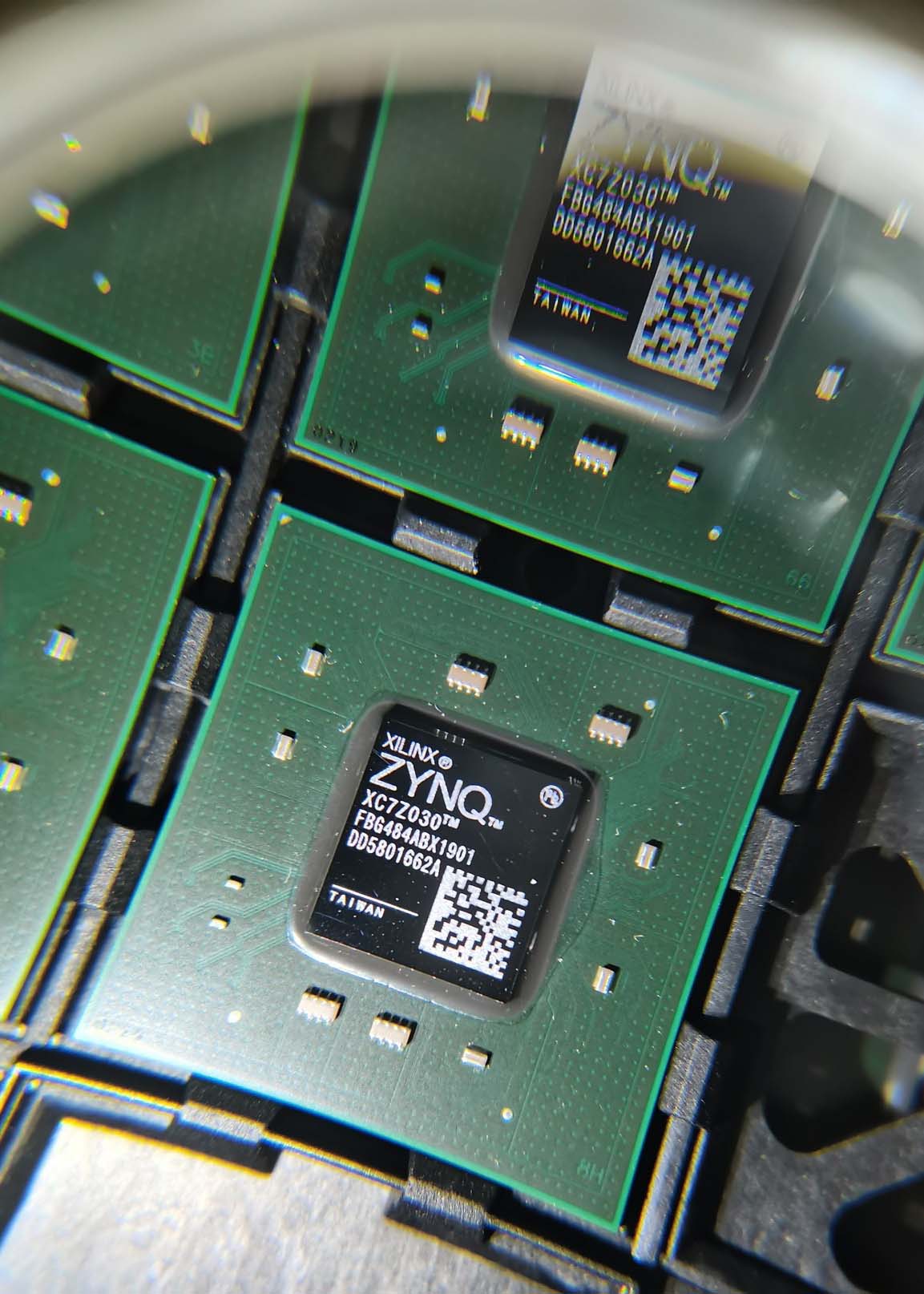
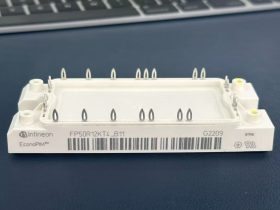
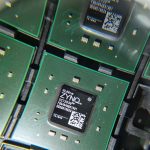

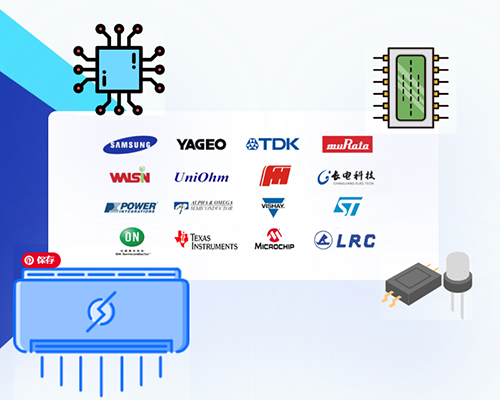

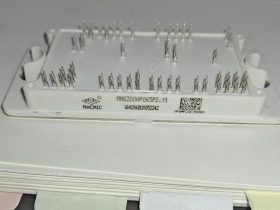
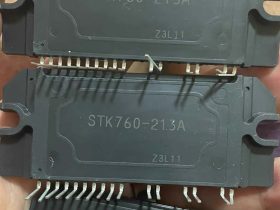
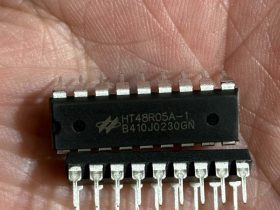
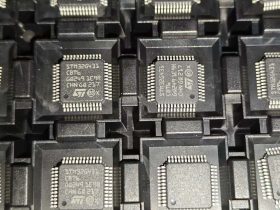
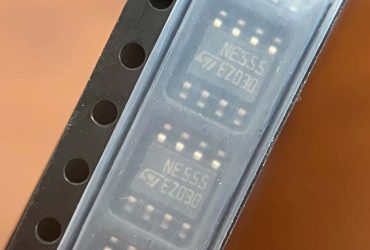
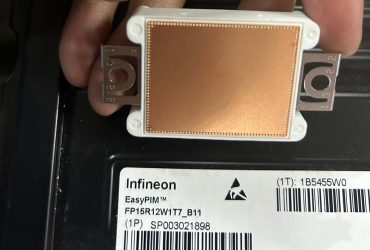
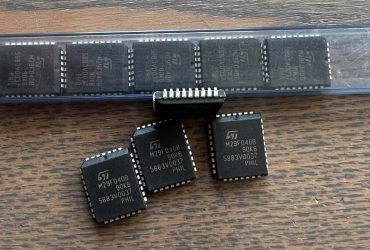
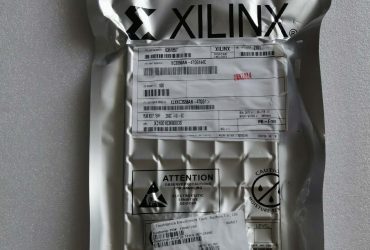
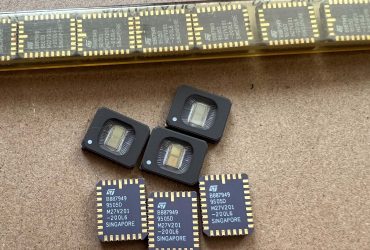

Leave a Reply